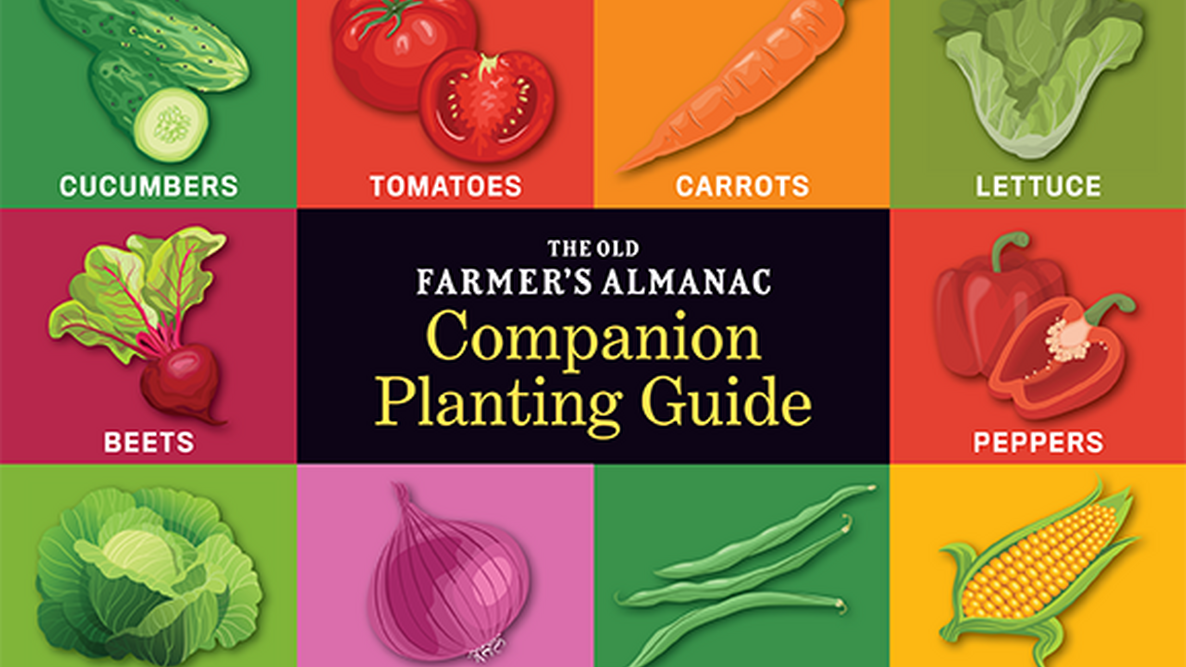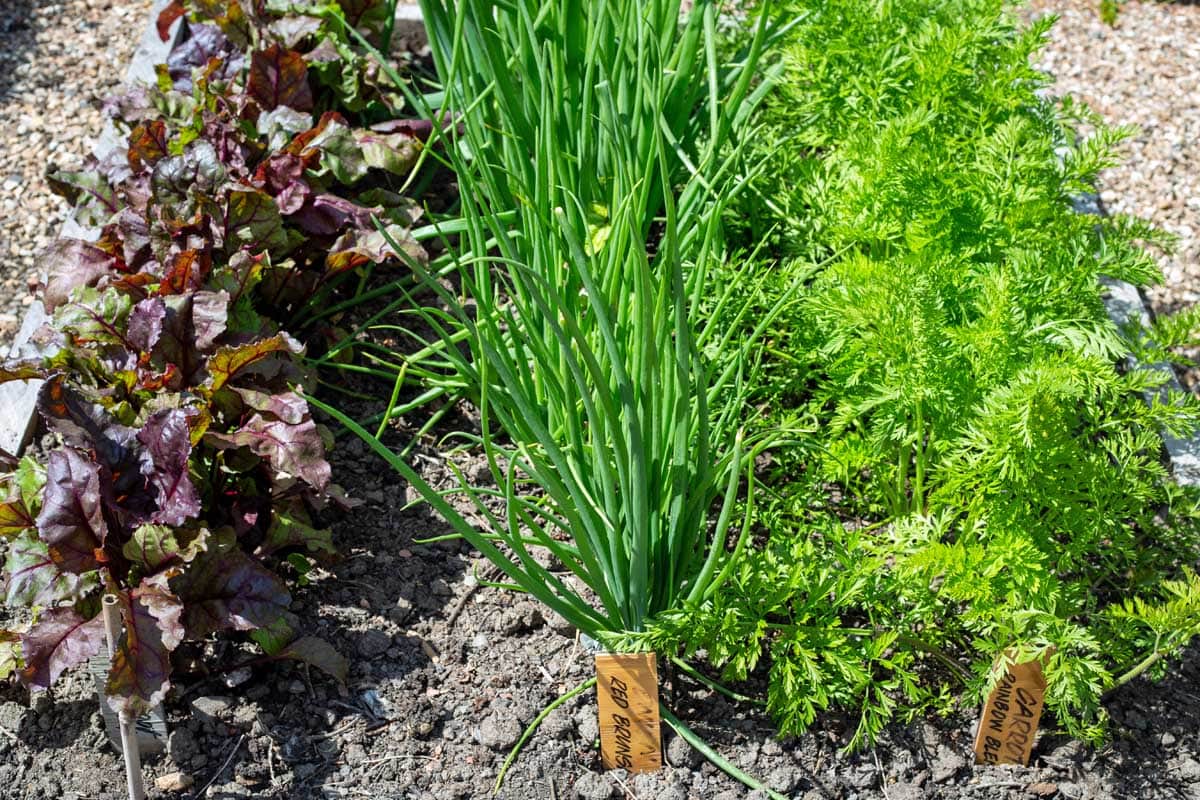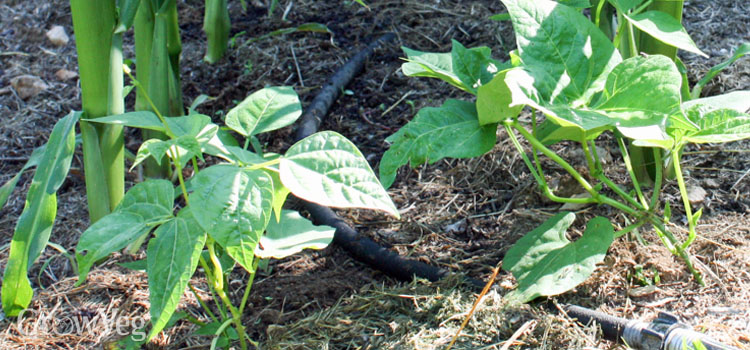The Beets Have It: The Best Companion Plants For Beets
Beetroot is a delicious and nutritious vegetable that is easy to grow. It is also a great candidate for companion planting, which is the practice of planting different types of plants together to benefit each other.
There are many different companion plants that can be grown with beetroot. Some of the best include:
- Bush beans: Bush beans are nitrogen-fixing plants, which means that they add nitrogen to the soil. This is beneficial for beetroot, as nitrogen is an important nutrient for plant growth.
- Brassicas: Brassicas, such as broccoli, cabbage, and cauliflower, are also good companions for beetroot. These plants have similar growing requirements to beetroot, and they can help to deter pests and diseases.
- Lettuce: Lettuce is a shallow-rooted plant, so it can be planted close to beetroot without competing for water or nutrients. Lettuce also helps to suppress weeds, which can be a problem in beetroot gardens.
- Marigolds: Marigolds are known for their insect-repelling properties. They can help to deter pests such as aphids, beetles, and carrot flies, which can be a problem for beetroot.
- Onions: Onions are another good companion plant for beetroot. They help to repel pests and diseases, and they can also improve the flavor of beetroot.
In addition to these specific plants, there are a few general principles that can be followed when companion planting with beetroot. For example, it is a good idea to plant beetroot with plants that have similar growing requirements. This will help to ensure that both plants get the nutrients and water they need to thrive.
It is also important to avoid planting beetroot with plants that are susceptible to the same pests and diseases. For example, you should not plant beetroot with spinach, as both plants are susceptible to leaf miners.
By following these simple principles, you can create a thriving beetroot garden by companion planting.
Here are some additional benefits of companion planting with beetroot:
- Improved soil quality: Companion plants can help to improve the soil quality by adding nutrients, breaking down organic matter, and suppressing weeds.
- Disease and pest control: Companion plants can help to deter pests and diseases, which can help to protect your beetroot plants from damage.
- Increased yields: Companion planting can help to increase the yields of your beetroot plants.
- Attract beneficial insects: Companion plants can attract beneficial insects, such as ladybugs and lacewings, which can help to control pests.
If you are looking for ways to improve your beetroot garden, companion planting is a great option. By planting beetroot with the right companion plants, you can improve the soil quality, deter pests and diseases, increase yields, and attract beneficial insects.
Beets are a delicious and nutritious vegetable that can be grown in most gardens. But did you know that there are certain plants that can help your beets grow better? These are called companion plants, and they can provide a number of benefits to your beets, such as:
- Attracting beneficial insects. Some companion plants, such as nasturtiums and marigolds, attract beneficial insects that help to control pests.
- Repelling pests. Other companion plants, such as onions and garlic, have strong scents that can repel pests such as aphids and beetles.
- Improving soil quality. Some companion plants, such as legumes, can fix nitrogen in the soil, which can help to improve the growth of your beets.
If you're interested in learning more about companion plants for beets, I recommend visiting the Gardenia Inspiration. This website has a comprehensive list of companion plants for beets, as well as information on how to plant and care for them.
Image of companion beets
5 different images of "companion beets" from Pinterest:
- Image 1: A bed of beets with carrots, lettuce, and radishes.

- Image 2: A row of beets with nasturtiums and chamomile growing alongside.

- Image 3: A close-up of beetroot seedlings with dill and chives growing nearby.

- Image 4: A cluster of beets with pole beans and tomatoes planted behind.

- Image 5: A garden bed with beets, onions, and garlic planted together.

Post a Comment for "The Beets Have It: The Best Companion Plants For Beets"